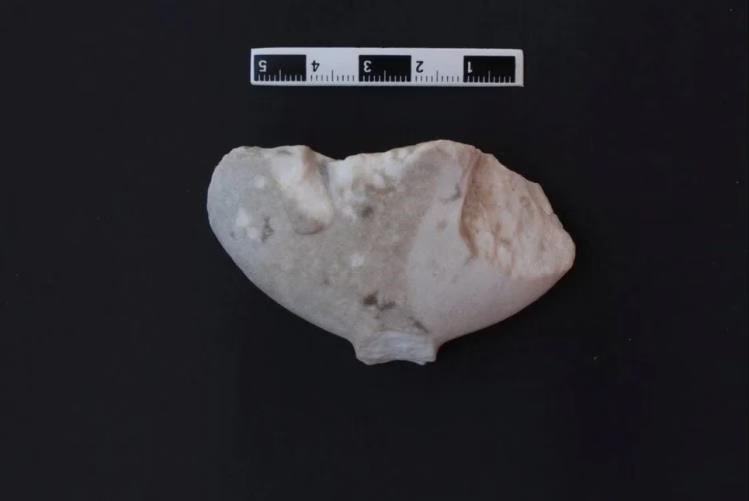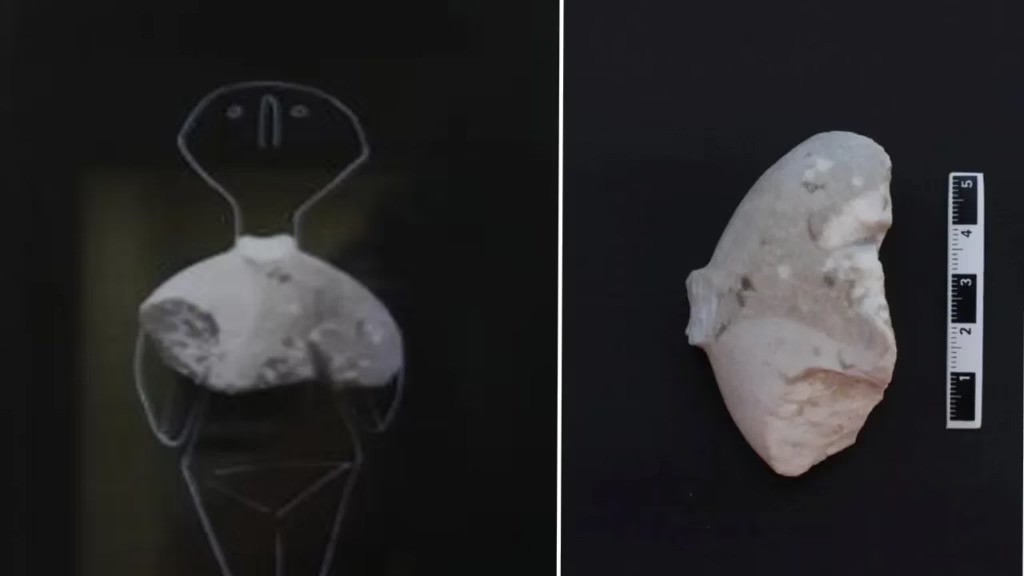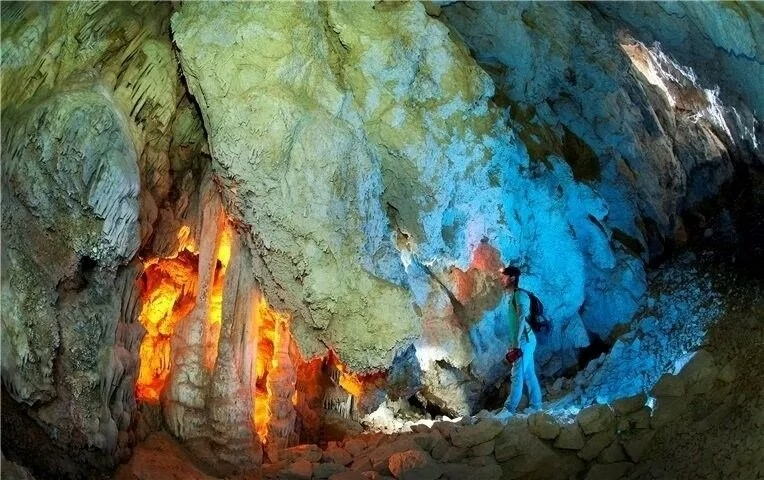A groundbreaking discovery in Gedikkaya Cave, located in Turkey’s Bilecik province, has shaken the foundations of archaeological understanding. A marble figurine—older than the famed Göbekli Tepe—has been unearthed, potentially rewriting what we know about prehistoric cultures in Anatolia.
16,500-Year-Old Traces of Life in the Heart of Anatolia
Between 2019 and 2023, excavations were carried out under the scientific supervision of Assoc. Prof. Deniz Sarı from the Department of Archaeology at Bilecik Şeyh Edebali University, with the support of the Bilecik Museum Directorate.
Researchers discovered that the earliest signs of human habitation in Gedikkaya Cave date back to 16,500 BCE, during the Epipaleolithic period—when early humans were still living as hunter-gatherers. Layers of artifacts ranging from stone tools to bone objects were found, with the most striking being a Chalcolithic-period marble figurine.
The “Star Watcher”: A Kilia-Type Figurine That Challenges Boundaries
Among the findings was a Kilia-type marble figurine, also known in the international archaeological community as the “Star Watcher.” This minimalist sculpture, with only the eyes and nose carefully shaped, is characteristic of Aegean prehistoric art.

What makes this discovery so remarkable is its geographical context: Kilia-type figurines are typically found in Western Anatolia and the Aegean region. Yet this one was found deep inland, suggesting unexpected prehistoric cultural connections.
According to Assoc. Prof. Sarı:
“We date this figurine to around 6000 BCE, the beginning of the Chalcolithic period. Its presence here likely indicates that a group from the southwestern coastal regions of Anatolia temporarily settled in Gedikkaya Cave and brought their cultural items with them.”
Could This Discovery Be Older Than Göbekli Tepe?
While Göbekli Tepe has long been regarded as the cradle of early civilization, the Gedikkaya discovery introduces a new layer of complexity to that narrative. If further studies confirm its earlier dating, the Star Watcher figurine may become one of the oldest known examples of symbolic human expression in marble.

Now on Display at Bilecik Museum
This extraordinary artifact, along with dozens of other tools and ornaments recovered from Gedikkaya Cave, is currently on public display at the Bilecik Museum. Visitors can explore Anatolia’s prehistoric cultural landscape through these rare and ancient relics.
🗂️ Information Note: Gedikkaya Cave (İn Cave)
Gedikkaya Cave, officially registered as “İn Cave,” is located in the İnhisar district of Bilecik, Turkey. The cave sits on Gedikkaya (İnkaya) Hill and its northern slopes, covering an area of approximately 65 hectares. The site contains numerous structural remains dating mainly to the Classical Period and the Middle Ages, along with an ancient necropolis in the vicinity.

The cave entrance faces north, while the interior extends southward into the mountain. It is situated at an elevation of 354 meters above sea level.
Gedikkaya Cave is recognized as one of the earliest places where humans transitioned from nomadic lifestyles to settled communities. The archaeological layers and findings here provide crucial evidence of some of the oldest known human settlements.





